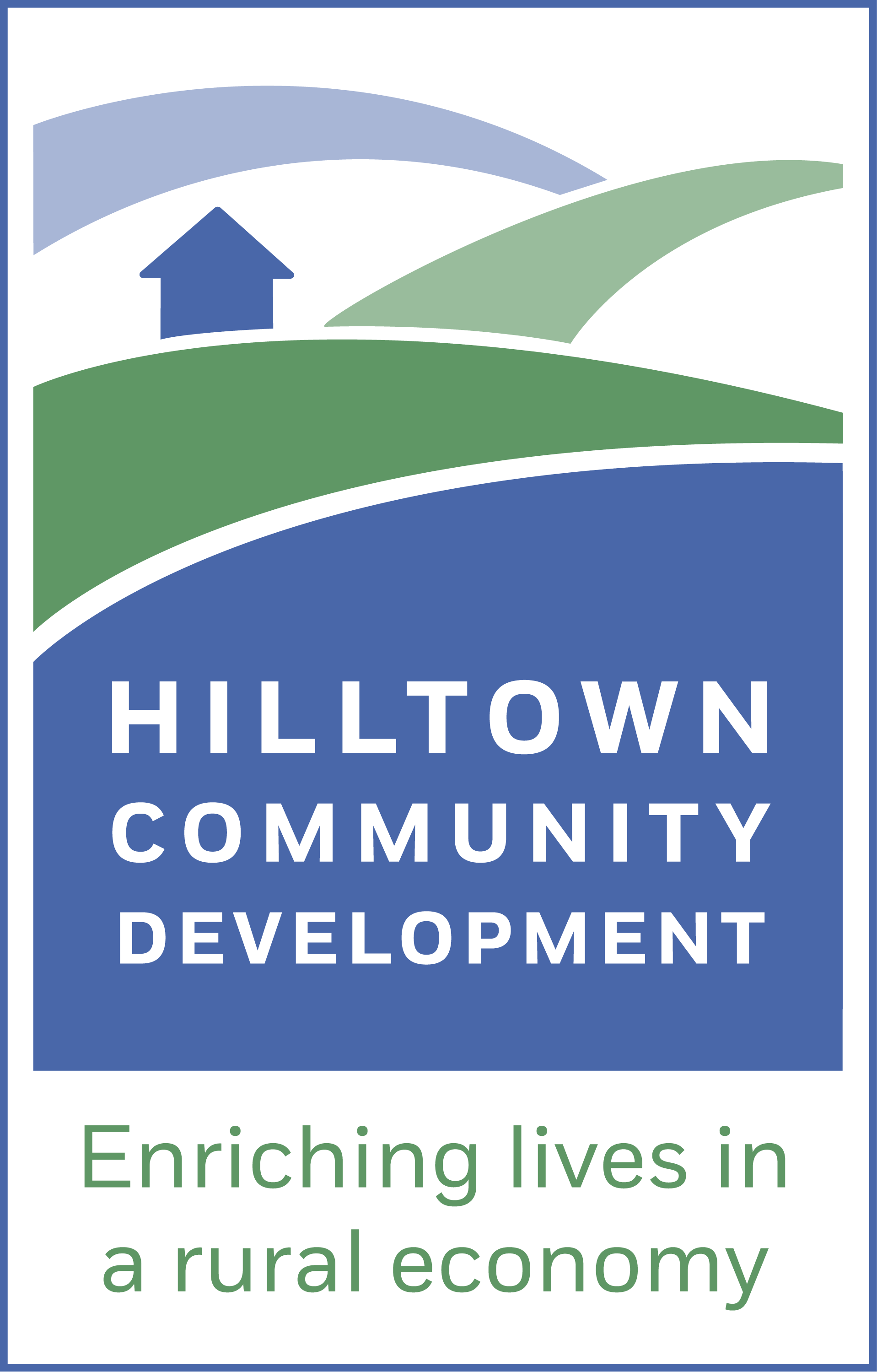MA Rural Policy Plan Released
Hilltown CDC Executive Director Dave Christopolis co-presented the newly released Rural Policy Plan at the State House on Tuesday as an at-large commissioner of the Rural Policy Advocacy Commission. The 108-page plan was developed after a series of meetings with rural stakeholders across the state, particularly in western Franklin, Hampshire, and Hampden Counties, including the Hilltowns. It offers dozens of recommendations for infrastructure, the economy, education, housing and public health, governance and resiliency, identifying and highlighting many unique issues facing rural areas.
One of the top priorities outlined in the plan was the creation of a new Office of Rural Policy, with a dedicated executive director and staff, to advance future policy and legislation that would benefit rural communities and the economy, develop core strategies including expanding diversity and implementing strategies to boost population in rural areas, and develop a statewide land-use plan and creating a rural factor to adjust state funding formulas.
Although 60 percent of the state is rural, only 15 percent of its population live in rural areas, so state government tends to be more urban- and suburban-centric.
The commission said core strategies that should be implemented by rural areas in Massachusetts include creating a dedicated funding stream for water and sewer infrastructure, redesigning public transportation, developing targeted economic development strategies for rural sectors, ensuring equitable and quality education to children in rural areas and developing municipal capacity and incentives for service sharing.
The updated Rural Policy Plan also recommends that rural areas should address the impacts of climate change by enhancing the capacity of rural lands to provide mitigative solutions.
Members say an office of rural policy could focus on the challenges of rural communities, businesses and residents, providing consistency and helping implement the recommendations of the plan. They also suggest that rural communities are made more welcoming, comfortable and inclusive for everyone, including migrants, to increase populations, and that rural areas have to look ahead to land use issues and growth in a “responsible, proactive and conscionable manner.”
The commission recommends that a rural factor to adjust state funding formulas is necessary, citing that Chapter 70 school aid and Chapter 90 road aid need to be determined by more than just population, especially in small towns with few residents but great need.
“The funding disparity to rural areas is also revealed through state programs such as workforce training due to sparse population density,” the plan says.
According to the commission, public transportation is critical to reaching educational and health care services. It is also a mobility lifeline for many who do not own a vehicle or have a way of getting around.
Therefore, the commission says, state and regional partners should explore options for coordinating shared transportation assets, including the Franklin Regional Transit Authority in Franklin County, schools, councils on aging and private service providers to develop sustainable cross-border transportation partnerships and develop a pilot to expand on the existing practices in shared transportation.
—Anita Fritz, Staff Writer
Read the Full Article in the GREENFIELD RECORDER - October 10, 2019

